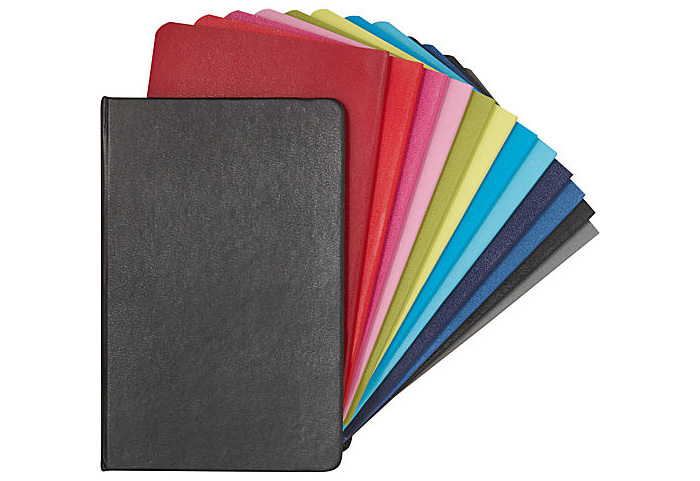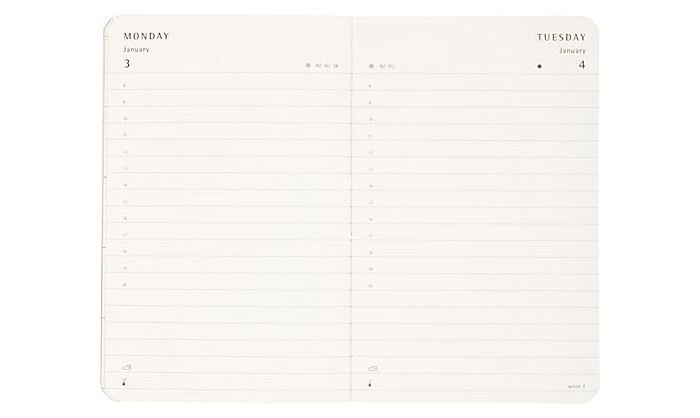30 for 30 Reeeeeemix
4 Jan
30 for 30. Have you heard of it? Well, I am very very late in the game as I have only just discovered it a few weeks ago. 30 for 30 is a fashion challenge created by fashion blogger Kendi of Kendi Everyday. The concept is simple. Don’t go shopping for 30 days. Instead, pick out 30 items from your closet (and no more!) and remix the heck out of them to create a different outfit every day for….you guessed it, 30 days (or thereabouts). The 30 items can be any combination of tops, skirts, pants, jeans, sweaters, jackets, shoes and so on. Things like tights, belts, scarves and other accessories are freebies. (Thank the lawed!)
After Kendi first introduced the challenge last April, there have been scads of other bloggers following suit. The last challenge of the year just finished up mid-December. It’s probably a good thing I didn’t know about this sooner because I would have just moped around complaining about my very limited and fairly unstylish maternity wardrobe. I, apparently, I wasn’t all that keen on making an effort or rather spending the dough to make an effort.
Now that I no longer have a gigantic belly to contend with, I’m eager to take this challenge on for myself. Before I got pregnant last year, my personal style had been taking a major shift and I had been excited to start the year off working on thoughtfully overhauling my closet. I had found some sweet after-Christmas deals and finally had success thrifting a bunch of new items I was going to introduce when-lo and behold-the pee stick (PMF*) said “yes, you’re preggo!”. That was at the beginning of February. 11 months later, I’m still looking longingly at most of those thrifted finds as I work to get rid of the rest of Finn’s baggage, i.e. baby fat. I don’t mind it. It’s fun to slowly but surely fit (read: squeeze) back into some old things. For this reason, I think I need to wait at least another month, if not two before I take the 30 for 30 challenge. After all, I haven’t even started my workout routine back up since, oh….LAST January. Yeah. We’re not going to get into that.
For now, I’m working on cleaning out my closet to get rid of everything I’ve been tight-fisting for the past 6 years. At some point you just have to say, see-ya-later-circa-2005-periwinkle-twill-jacket-from-Old Navy. After this purge, I’m not even sure I will have 30 solid items to remix but we shall see.
Go check out Kendi’s 30 for 30 remixes and see what all the fuss is about.
*By the way, I have decided to use “PMF” (pardon my french) for whenever I say something slightly off color.

